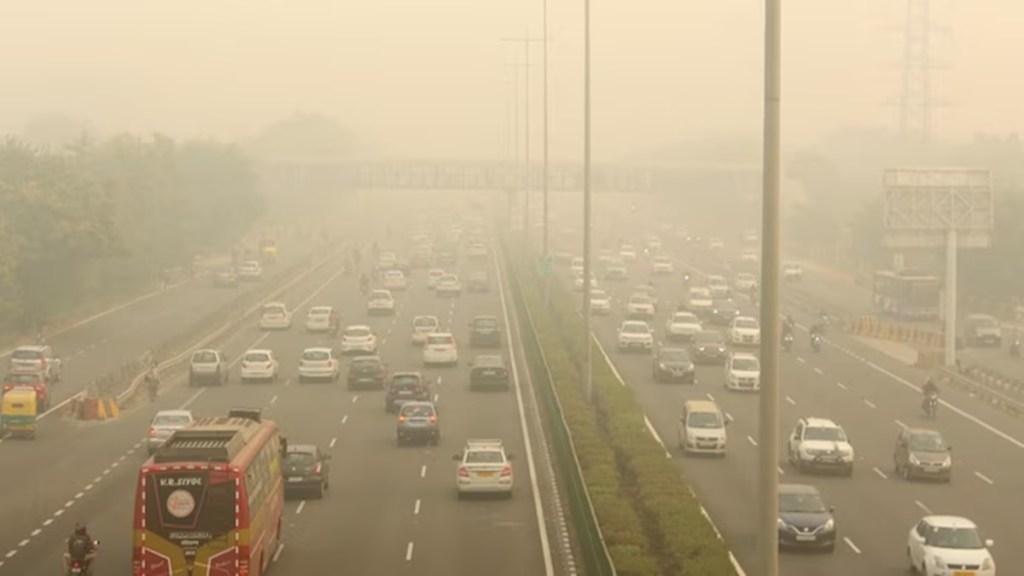Due to increase in wind speed and a change in wind direction, Delhi’s air quality improved a bit overnight, but it still stands in the “very poor” category, according to monitoring agencies. The city’s Air Quality Index (AQI) stood at 339 at 9 am, improving from 405 at 4 pm on Friday. The 24-hour average AQI, recorded at 4 pm everyday, stood at 419 on Thursday. It was 401 on Wednesday, 397 on Tuesday, 358 on Monday, 218 on Sunday, 220 on Saturday and 279 on Friday.
The relatively better air quality last weekend was attributed to rain. Air pollution levels surged in the following days due to intense firecracker bursting on Diwali night and a resurgence in stubble burning in the neighbouring states. These effects were compounded by unfavourable meteorological conditions, primarily calm winds and low temperatures, hindering the dispersion of pollutants.
Neighbouring Ghaziabad (274), Gurugram (346), Greater Noida (258), Noida (285) and Faridabad (328) also recorded “very poor” to “severe” air quality.
An AQI between zero and 50 is considered “good”, 51 and 100 “satisfactory”, 101 and 200 “moderate”, 201 and 300 “poor”, 301 and 400 “very poor”, 401 and 450 “severe” and above 450 “severe plus”.
It is found that vehicular emissions was the major source of air pollution on Friday, accounting 45 per cent, followed by secondary inorganic aerosols — particles such as sulfate and nitrate that are formed in the atmosphere due to the interaction of gases and particulate pollutants from sources like power plants, refineries and vehicles. These accounted for 19-36 per cent.
The Centre’s air pollution control plan — the Graded Response Action Plan (GRAP) — is still in force.
According to IQAir, a Swiss company that specialises in air-quality monitoring, Delhi was the second-most polluted city in the world on Saturday after Baghdad.
(With PTI inputs)


